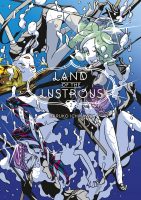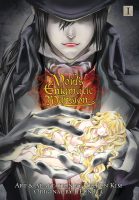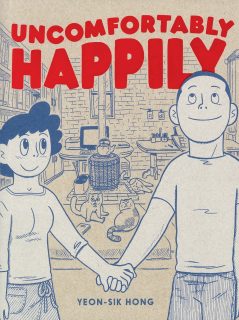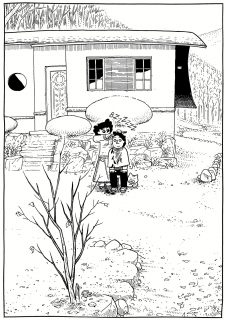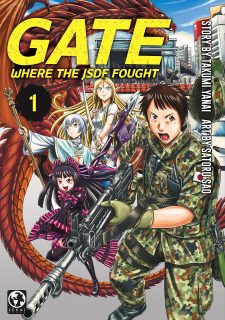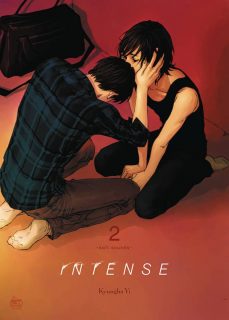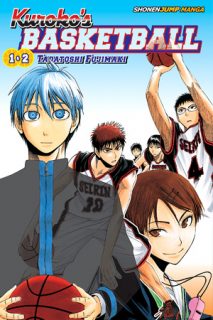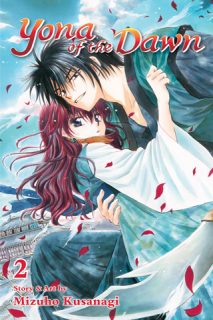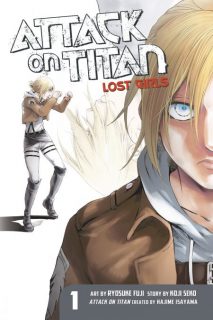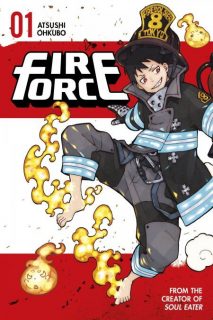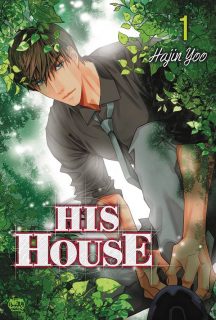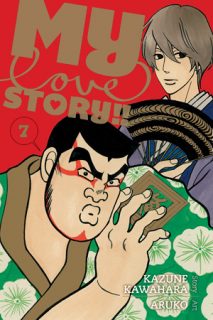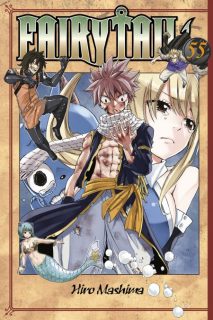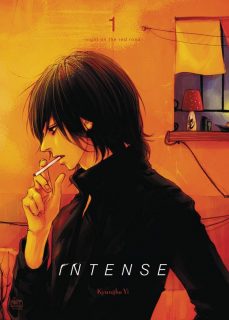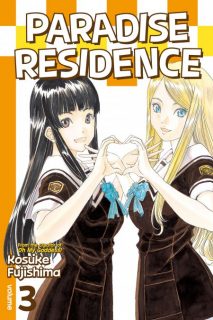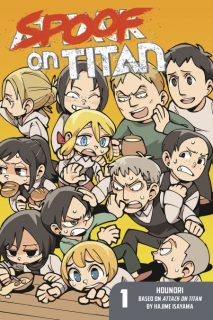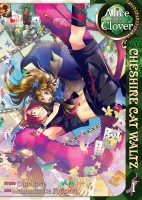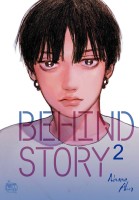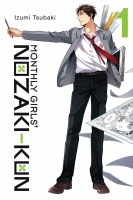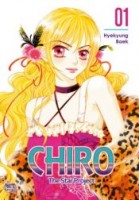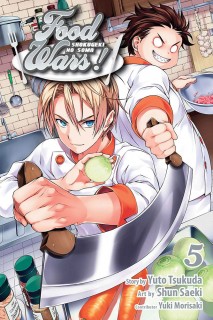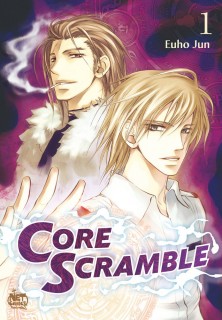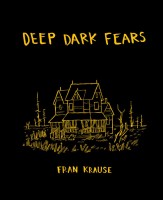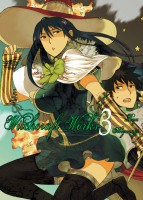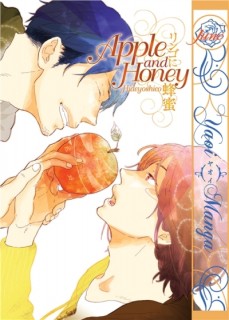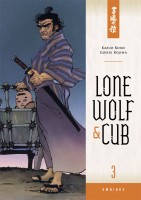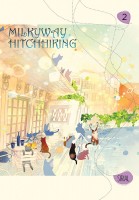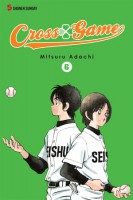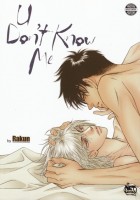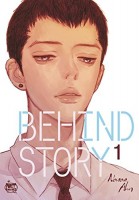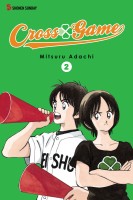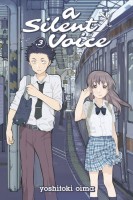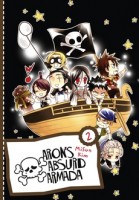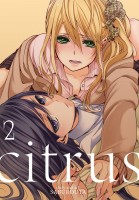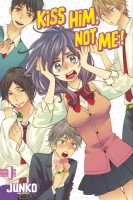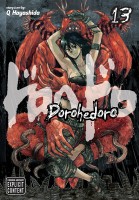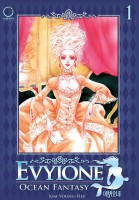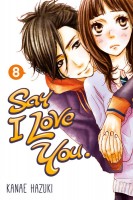Big news from Yen Press: the publisher is launching IZE Press, a new imprint dedicated to Korean webnovels and webtoons. The imprint will debut this fall with three series created by HYBE and global pop stars BTS, as well as six additional titles: Tomb Raider King, The World After the Fall, The Boxer, My Gently Raised Beast, The Remarried Empress, and Villains Are Destined to Die. Explains JuYoun Lee, the Deputy Publisher and Editor-in-Chief of Yen Press, “we couldn’t be more excited to get a chance to really open up the doors to put these beautiful books in the hands of English-language readers.” I’m still a little salty that the original manhwa boom went bust–remember Dokebi Bride or Goong?–but optimistic that the current market will be more receptive to Korean comics.
NEWS
Are you looking for a job in the publishing field? Yen Press is currently advertising a range of editorial, marketing, and accounting positions. [Yen Press]
The May NPD Bookscan numbers are in, and manga made a strong showing on the Top 20 Author Graphic Novels chart , with volumes of Solo Leveling occupying four of six top slots. Spy x Family continues to dominate the Top 20 Manga chart, though Death Note Short Stories and Toilet-Bound Hanako-kun also posted strong sales. [ICv2]
Justin Lin–best known for his work on the Fast & Furious franchise–has been hired to direct a live-action adaptation of One-Punch Man. [Deadline]
FEATURES, INTERVIEWS, AND PODCASTS
In honor of Pride Month, Latonya Pennington has posted a thoughtful exploration of the last 100 years of queer representation in manga. “A hundred years after the debut of the first yuri novel and twenty years after the publication of Wandering Son, LGBTQ+ manga has greatly matured in terms of their creators, content, and its subgenres,” she notes. “When it comes to manga with transgender characters and themes, there are more options than ever before… On the yuri and yaoi side of manga, both subgenres have moved beyond the teenaged schoolyard romances that were present at the genre’s inception. There are not only gay and lesbian manga featuring adult main characters, but also manga in different fictional genres.” [Popverse]
What LBGTQ+ manga would you like to see adapted into an anime? [Anime Feminist]
And speaking of queer manga, Kory, Helen, and Apryll discuss the merits of two recent titles: BL Fans LOVE My Brother?!, a done-in-one story from Tokyopop, and Even Though We’re Adults, an ongoing yuri series published by Seven Seas. [The Taiiku Podcast]
The latest Manga Machinations episode looks at 10 Dance, Classmates, and Ruri Dragon. [Manga Machinations]
Ashley and Asher investigate Flower in a Storm, a short romantic comedy about a super-rich boy and a headstrong girl. [Shojo & Tell]
The gang at Honey’s Anime compile a list of manga that they didn’t see through to the end. [Honey’s Anime]
Brigid Alverson interviews Seven Seas’ Lianne Sentar and Lissa Pattillo about the challenges and rewards of bringing Asian webtoons to the US market. “I think a huge factor is the convenience of the format,” they note. “Do you have a smartphone and an Internet connection? Here: endless comics to scroll through (discreetly!) during your lunch break, wherever you are. If you look at Asian markets like Japan and Korea, there’s a huge audience of people reading comics on their phones while commuting in public transit like trains. I think newer generations in particular are adding comic reading to the many other leisure activities they do on their phone, and in North America, the boom in Middle Grade comics over the last 5-10 years has seeded millions of new readers who are comfortable reading long-form, sequential comics the way they would ingest other media (prose, TV, etc.).” [ICv2]
REVIEWS
Over at Anime UK News, Sarah posts a glowing review of Gengoroh Tagame’s Our Colors, while No Flying No Tights declares Junji Ito’s Deserter a mixed bag. “That’s not to say this is a bad collection, but Ito has such wonderfully scary other pieces that many in this volume fell flat for me,” Kris notes. The latest Reader’s Corner is up at Beneath the Tangles, with brief reviews of Alice in Borderland, Golden Gold, and To Strip the Flesh.
- Adachi and Shimamura, Vol. 3 (Jaime, Yuri Stargirl)
- Aria The Masterpiece, Vol. 1 (HWR, Anime UK News)
- Cat + Gamer, Vol. 1 (Justin, The OASG)
- Chainsaw Man, Vol. 11 (Josh Piedra, The Outerhaven)
- Crazy Food Truck, Vol. 1 (Christopher Farris, Anime News Network)
- Creature! (Krystallina, Daiyamanga)
- Ghost Reaper Girl, Vol. 1 (Dallas Marshall, CBR)
- Hard-Boiled Cop & Dolphin, Vols. 2-3 (King Baby Duck, Boston Bastard Brigade)
- Heterogenia Linguistico, Vol. 1 (Jennifer, No Flying No Tights)
- I Think Our Son Is Gay, Vols. 1-2 (Andy Oliver, Broken Frontier)
- I Want to Be a Wall, Vol. 1 (Josh Piedra, The Outerhaven)
- Ima Koi: Now I’m In Love, Vol. 2 (Rebecca Silverman, Anime News Network)
- Jujutsu Kaisen, Vol. 16 (Marina Z., But Why Tho?)
- Lost Lad London, Vol. 1 (Kevin Rodriguez, The Fandom Post)
- Mashle: Magic and Muscles, Vols. 5-6 (King Baby Duck, Boston Bastard Brigade)
- The Masterful Cat Is Depressed Again, Today, Vol. 3 (Johanna Draper Carlson, Comics Worth Reading)
- My Dress-Up Darling, Vol. 1 (SKJAM, SKJAM! Reviews)
- My Love Mix-Up, Vol. 4 (Kate Sánchez, But Why Tho?)
- Nightfall Travelers: Leave Only Footprints, Vol. 1 (Al, Al’s Manga Blog)
- Reign of the Seven Spellblades, Vol. 5 (Antonio Mireles, The Fandom Post)
- Run on Your New Legs, Vol. 1 (Rebecca Silverman, Anime News Network)
- Something’s Wrong With Us, Vol. 1 (Kaley Connell, Yatta-Tachi)
- Something’s Wrong With Us, Vols. 7-8 (Demelza, Anime UK News)
- Summertime Rendering, Vols. 1-2 (Helen Chazan, The Comics Journal)
- That Time I Got Reincarnated as a Slime: The Ways of the Monster Nation, Vol. 7 (Josh Piedra, The Outerhaven)
- Total Eclipse of the Eternal Heart (Megan D., The Manga Test Drive)
- What Did You Eat Yesterday?, Vol. 18 (Johanna Draper Carlson, Comics Worth Reading)
- Wotakoi: Love Is Hard for Otaku, Vol. 6 (Johanna Draper Carlson, Comics Worth Reading)
- Yashahime: Princess Half-Demon, Vol. 1 (Nick Smith, ICv2)
